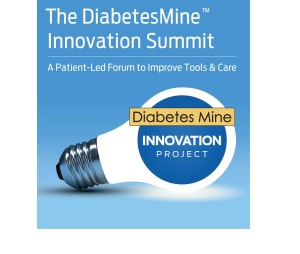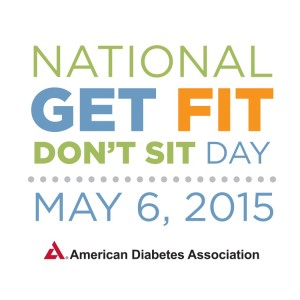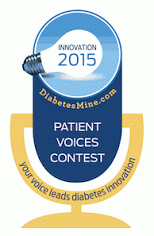 So it’s been a while since I’ve blogged. But it’s also been a while that I’ve had diabetes!! In fact, Saturday, June 20th, marked 40 years since I was diagnosed and hospitalized. Last year my dad gave me a file folder full of mementos from my early diabetes days, and in there are the log sheets where the nurses (and then I) recorded my urine glucose and “acetone” results while I was in the hospital.
So it’s been a while since I’ve blogged. But it’s also been a while that I’ve had diabetes!! In fact, Saturday, June 20th, marked 40 years since I was diagnosed and hospitalized. Last year my dad gave me a file folder full of mementos from my early diabetes days, and in there are the log sheets where the nurses (and then I) recorded my urine glucose and “acetone” results while I was in the hospital.
The first day I had 3+ glucose and large ketones (acetone); the second day I had 4+ glucose and large ketones (and received my first dose of NPH insulin). By the third day the ketones were down to moderate and then small, but the glucose was still up there. On day four the glucose started fluctuating and the ketones were gone.
Other fun items in the folder include a pamphlet titled “you and diabetes: an informative booklet for patients taking oral medication” (I was diagnosed with type 1 and taking insulin – go figure); a 2200 “calorie controlled diet” pamphlet with lists of A and B vegetables and all the exchanges; and bonus! a recipe for lemon gelatin (1 tsp unflavored gelatin, 2 tbsp cold water, 1 tbsp lemon juice, and 1/2 cup water), which “may be used in any amount.” Sounds amazing!!
There’s a copy of the Meal Planning with Exchange Lists copyright 1950 and a hand-typed Guidelines for Healthy Living with Diabetes written by my diabetes educator. And a (fun) Fact Sheet on Diabetes from the ADA, which included stats on death, decreased life expectancy, blindness, kidney disease, gangrene, amputation, heart disease, unsuccessful pregnancy, birth defects, and economic toll. I’m sure that was uplifting for my parents!
So 40 years later it’s interesting to think about where we’ve come (or not). For 40 years we’ve been “about five years away” from a cure. Yet in those 40 years we’ve seen the advent of insulin pumps and blood glucose monitoring. We have all sorts of insulin analogs, insulin pens, and diabetes-related technology. We certainly know a lot more about diabetes and how to manage it successfully.
I am a word-nerd, and reading through the pamphlets and information in that folder I was somewhat disappointed to see that our language hasn’t really changed much. We still use words like “rules” and “control” and “diabetic,” although possibly not as much or as often. And hopefully we are thinking about it more and aware of the difference that our words make.
My hope is that I won’t have diabetes for another 40 years. But I am realistic, so if I do, my bigger hope is that those who are either new to diabetes or even celebrating 40 years with it, won’t know those words in the context of diabetes. I hope they will only know a few inconveniences, but otherwise good health and happy lives.
 Supposedly women with diabetes are less likely to have a mammograms, and people with diabetes are not “adherent” with vaccines. I have to say that I am not surprised! Managing diabetes is a lot of work – so much to keep track of, so much to do, so many appointments, etc. One more thing just may not be a priority.
Supposedly women with diabetes are less likely to have a mammograms, and people with diabetes are not “adherent” with vaccines. I have to say that I am not surprised! Managing diabetes is a lot of work – so much to keep track of, so much to do, so many appointments, etc. One more thing just may not be a priority.






